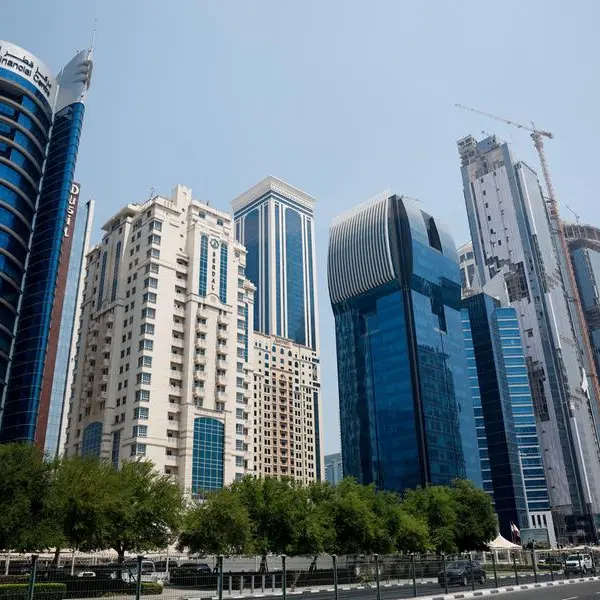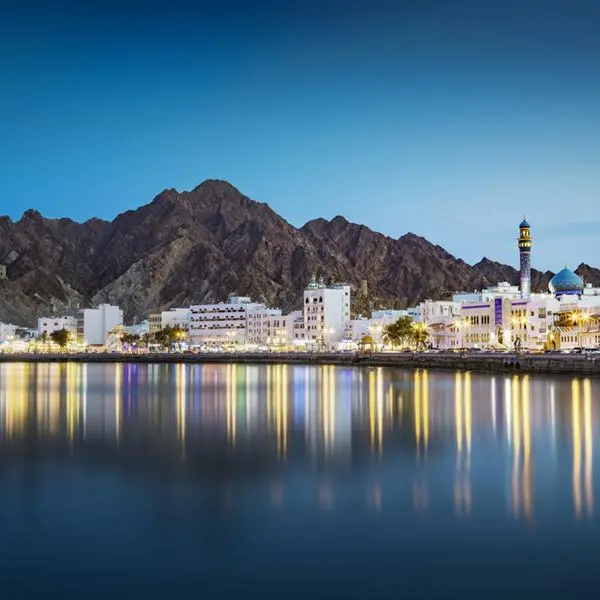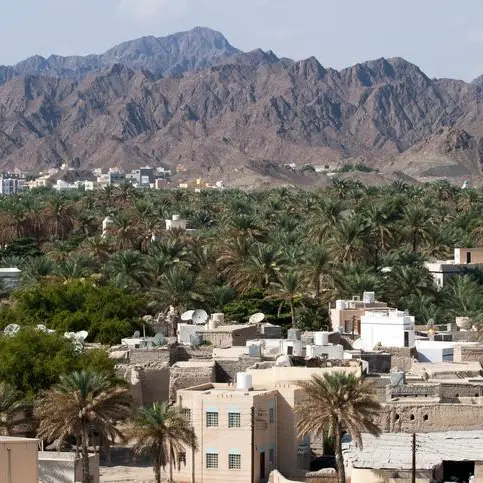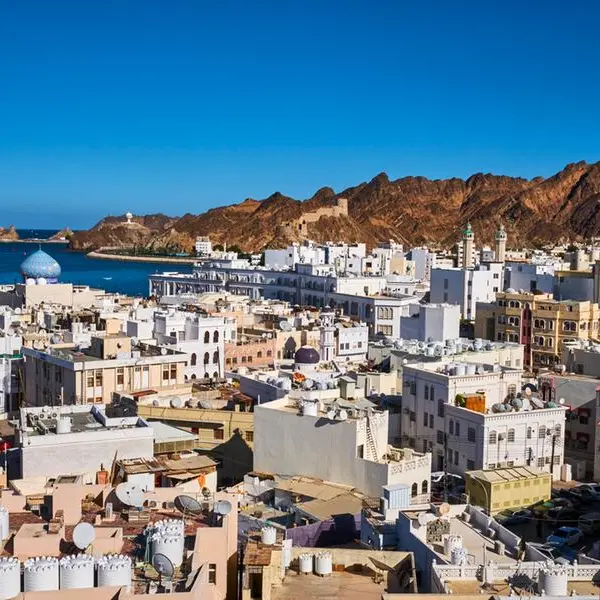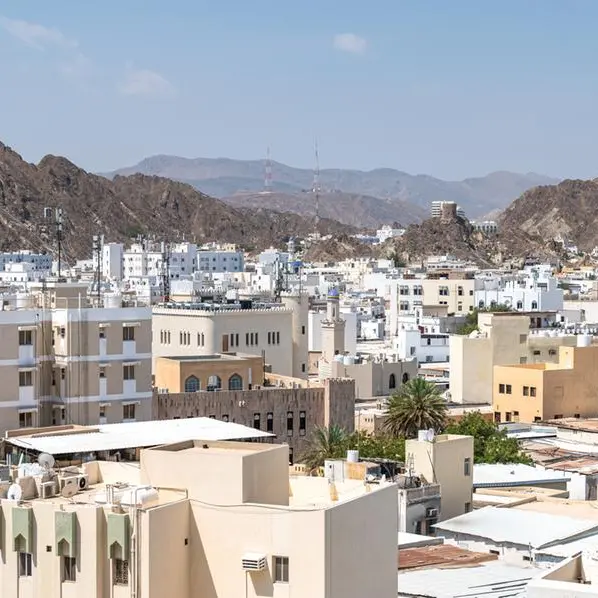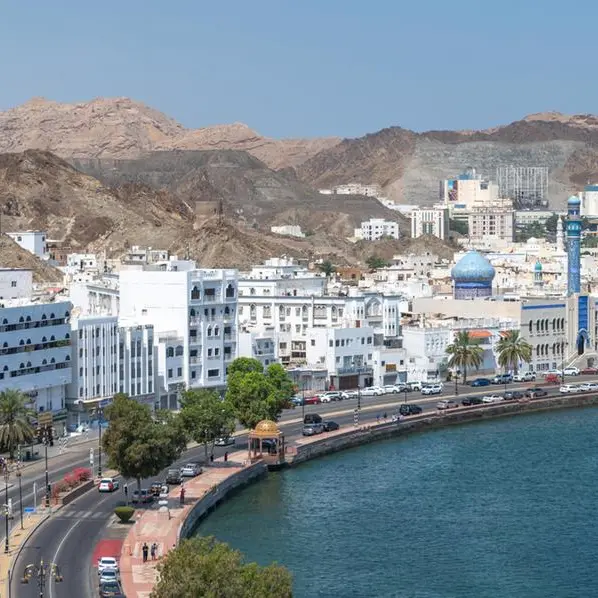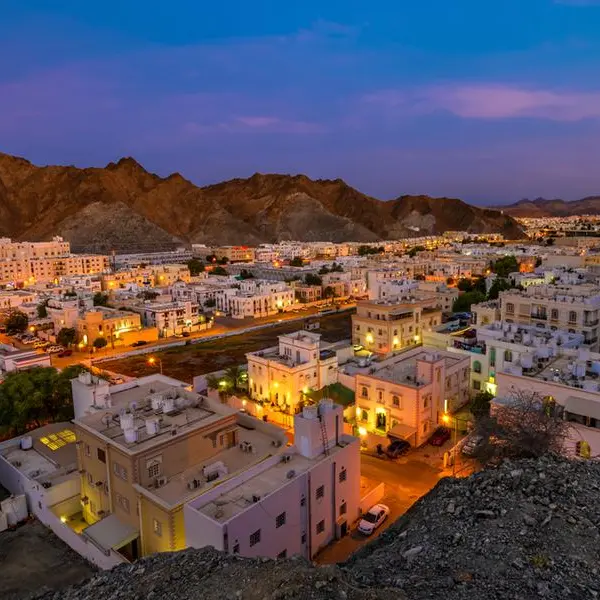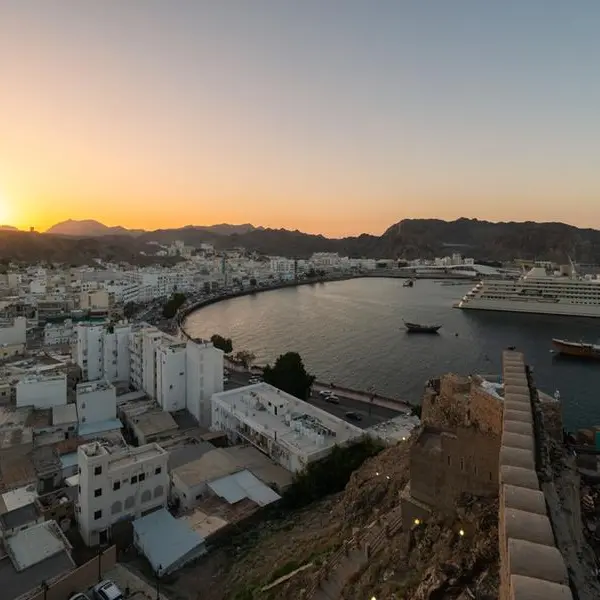PHOTO
Muscat: Dr. Said Mohammed Al Saqri, Minister of Economy has affirmed the recovery of the Omani economy from the impact of the Covid-19 pandemic. This, said the minister, reflects positive developments in the performance of overall indicators, as the Omani economy witnessed a growth in fixed prices, amounting to 2.1 percent during the first half of 2023.
In his speech during the media gathering organized by the Ministry of Economy today, the minister explained that this rise was driven by the growth achieved in oil activities by 1.4 percent and in non-oil activities by 2.1 percent.
He said that the GDP at fixed prices witnessed positive growth rates during 2021 and 2022, amounting to 3 percent and 4.3 percent, respectively, in addition to positive developments in the performance of the trade balance and the performance of the financial sector.
Moreover, the size of public debt, added the minister, decreased to about 37 percent of the GDP, which was also reflected in the improvement of the credit rating by many agencies.
Dr. Al Saqri pointed out that the policies espoused by the government contributed to improving macroeconomic indicators, as the government prioritised reducing public debt, enhancing development spending and promoting an attractive investment environment to stimulate the performance of the national economy, in addition to rearranging priorities for sustainability and balance in public finance. These polices, said the minister, made it possible to benefit directly from the improvement in global energy prices.
In his turn, Dr. Nasser Rashid Al Ma’awali, Undersecretary of the Ministry of Economy, presented the first topic of the media gathering’s presentation. He highlighted developments in the global and local economy and reviewed the global economy’s future prospects.
The Undersecretary also touched on the burdens of global debt and the concern regarding controlling global inflation, as well as the issue of geo-economic competition and the impacts of climate change on the global economic scene.
Al Ma’awali pointed out that according to July 2023 report, the International Monetary Fund (IMF) expects growth rate to be at 3 percent for 2023 and 2024. Global inflation rate is also expected to decrease to 6.8 percent in 2023 and 5.2 percent in 2024.
He stressed that the macroeconomic indicators of the national economy point out to improved economic growth paths, which in turn enables the Sultanate of Oman to enhance its competitive capabilities regionally and globally.
The performance of most of the major economic sectors are progressing towards achieving the economic goals of Oman Vision 2040, he affirmed.
Al Ma’awali said that GDP at fixed prices achieved a growth of 2.1 percent during the first half of this year, reaching about OMR17 billion, compared to about OMR16.7 billion during the first half of 2022.
He added that as for the GDP at current prices, it reached about OMR20.4 billion during the first half of this year, compared to the same period in 2022.
The Ministry of Economy’s expectations for economic growth rates forecast achieving a growth rate of 2.3 percent in 2023. The Ministry indicates that the inflation rate is expected to reach about 1 percent in 2023, compared to about 1.9 percent according to the International Monetary Fund data, Al Ma’awali said.
The Undersecretary explained that the actual data indicate that inflation rates in the national economy are still at safe low levels. The inflation rate, as measured by the consumer price index during the first eight months of 2023, reached about 1.2 percent.
The most prominent initiatives aimed at reducing the effects of inflation are fixing fuel prices, expanding the time frame for redirecting subsidies to electricity, expanding the list of goods exempted from value-added tax (VAT) to reach 513. Other initiatives also include supporting the purchase of wheat, the initiative to support farmers, calculating imported inflation and other initiatives.
Meanwhile, Intisar Abdullah Al Wahibi, Director General of Development Planning at the Ministry of Economy, reviewed the executive position on the performance of the tenth five-year development plan 2021-2025 at the level of national axes and priorities.
She pointed out that there are 337 strategic programmes out of 430 currently being implemented, at a rate of 78 percent.
She said that with regard to the distribution of financial allocations for projects being implemented at the sectors level, as many as 1,915 projects were endorsed from the beginning of the tenth five-year plan until the end of July 2023, noting that the development budget endorsed during the tenth five-year plan amounted to about OMR8 billion.
She pointed out that in terms of the relative distribution of these projects among the main sectors, the infrastructure sector got the largest share with 940 projects or 53 percent, followed by the social structures sector with 524 projects or 26 percent, the service production sector with 258 projects, at a rate of 15 percent, and the commodity production sector with 193 projects, at a rate of 6 percent.
The meeting also reviewed the key projects being implemented during the tenth five-year plan for the period 2021-2023 in various social and economic sectors such as health, education, governorate development, energy, mining, agricultural and fisheries wealth, in addition to reviewing the most prominent projects approved in 2023 that will be implemented during this year and the coming years.
Regarding the performance of the economic diversification sectors compared to the targeted values in 2025, the Director General of Development Planning at the Ministry of Economy explained that the contribution of the converting industries sector to the GDP at fixed prices amounted to about 9.7 percent in the first half of this year compared to the targeted value of about 11.8 percent in 2025, while the contribution of the transportation and logistics sector reached 5.9 percent, compared to the target of 7.3 percent in 2025.
At the level of the food security sector, the contribution of the agricultural activity exceeded the target value of 1.2 percent, reaching about 1.5 percent. Meanwhile, the contribution of the fisheries activity reached about 0.8 percent, compared to the target of 1.7 percent. At the level of the mining sector, it exceeded the target value of 0.6 percent, reaching a contribution of 0.7 percent, while the tourism sector’s contribution reached about 2.4 percent in 2022 compared to the target values of 3 percent in 2025.
During the gathering, Dr. Salim Al Alsheikh, Director General of Research and Development Studies, reviewed the economic programmes and initiatives undertaken by the Ministry of Economy in various fields.
He said that the Ministry of Economy is working on a group of projects in the field of behavioral economics, notably developing applied guides on behavioural economics and a professional diploma in behavioral economics. The Ministry also provides institutional consultations in this field, in addition to participating in a number of government initiatives and projects.
Dr. Salim said that the “Behavior Change Challenge” initiative will be launched during the coming period with the aim of finding solutions and alternatives to some challenges using behavioral economics tools and methods.
Regarding the most important international indicators monitored by the National Competitiveness Office, he said that the office monitors the Sultanate of Oman’s performance in 13 international indicators, including 7 main indicators and 6 secondary ones.
Dr. Salim added that among the indicators in which the Sultanate of Oman has achieved progress are the economic freedom index, in which Oman ranked 95 out of 184 countries in 2023, the soft power index (ranked 46 out of 121 countries), and the food security index (ranked 35 out of 113 nations).
He also highlighted the executive position of the National Initiative towards Empowering an AI-Enhanced Economy, which is a national initiative that aims to enable and encourage investment and integration of artificial intelligence applications and technologies into development projects and programmes in the economic diversification sectors.
The number of projects, specified in the tenth five-year development plan, stand at 18. The number of units that have proposed artificial intelligence projects are 11. Work is currently underway to evaluate and approve these projects at a later time.
He pointed out that in the field of international cooperation, the Sultanate of Oman signed 34 agreements on the encouragement and mutual protection of investments between the government of Oman and other countries of the world. On the Arab level, the Sultanate of Oman, signed the Agreement on Liberalisation of Trade in Services among Arab States.
© Muscat Media Group Provided by SyndiGate Media Inc. (Syndigate.info).

